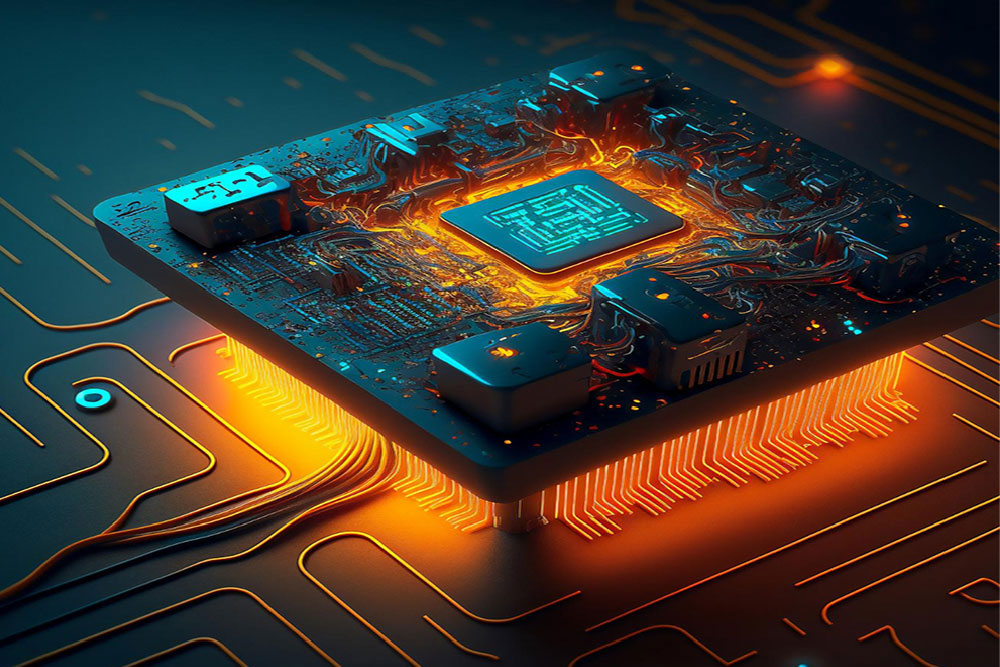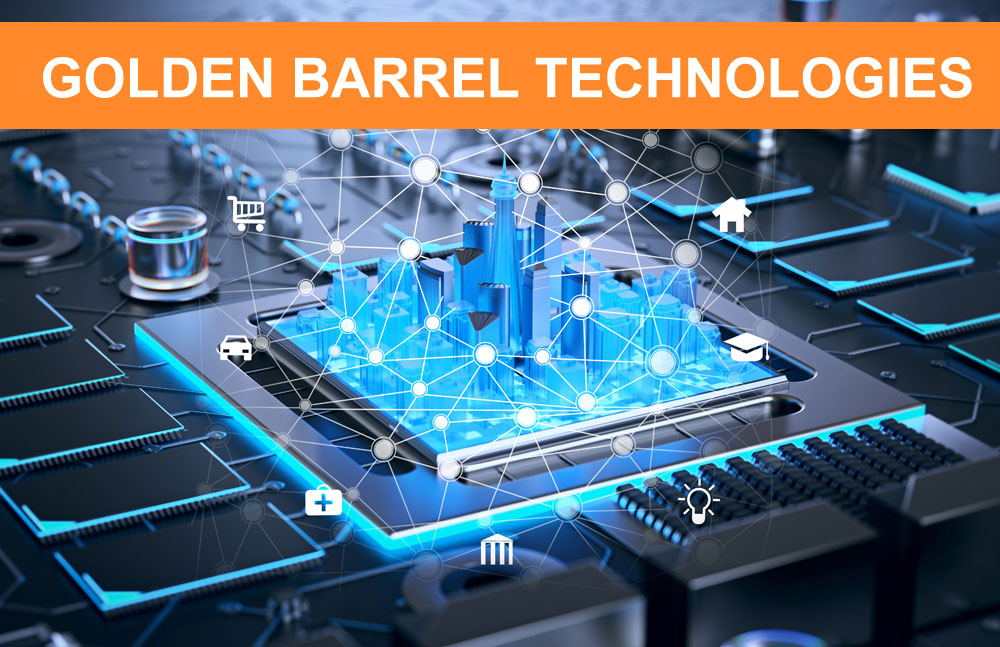
Physical Design Training
Physical design training is a 6.5 months course covering all the aspects starting from digital design basics to advanced physical design using multiple hands on projects at 14nm using Synopsys tools.
Course Overview
Physical Design Training is a 6.5 months course focused on all the aspects of VLSI starting from Device fundamentals, IC fabrication, timing concepts. advanced digital design, Linux OS, TCL scripting and entire VLSI backend flow.
Course is structured to enable students gain in-depth knowledge of all aspects of Physical design flow from Netlist to GDSII including Floor planning, Placement, power planning, scan chain reordering, global routing, clock tree synthesis, power analysis and ECO.
Course also includes multiple hands on projects using Synopsys Implementation flow(DC, ICC II, Star RC, PT, ICV).
Physical Design training program is well illustrated and supported with real-time examples from the industry.
Floor planning, Placement and Routing, Clock Tree Synthesis, Final Routing and Timing Closure forms the core of the Physical Design Training program structure.
Thorough and micro level wide understanding of the concepts across all the Physical Design flow would be the key highlight of this program. Complete Theory Sessions and complementing Lab Sessions with projects (Block level and Full chip level) from Netlist to GDSII, guided well by expert trainer are offered for every candidate of this Physical Design Training program.
Physical Design Training also includes 40+ assignments covering all aspects physical design implementation flow including practical aspects. Assignments are detailed and well structured to cover all the aspects of Physical Design. These assignments will solved as part of course lectures.
Golden Barrel Institute is setup in 2012, helped 10000+ students find right career opportunities. Golden Barrel offers affordable Physical Design Training in Bangalore. Online Physical Design Training is offered for students based out of Bangalore.
- Specification
- RTL coding, lint checks
- RTL integration
- Connectivity checks
- Functional Verification
- Synthesis & STA
- Gate level simulations
- Power aware simulations
- Placement and Routing
- DFT
- Custom layout
- Post silicon validation
- Transistors in hardware design
- Significance of transistors in hardware design
- Logic gate implementation using BJT, CMOS
- MOSFET functionality
- Semiconductors
- What makes Semiconductor special element?
- Classification of solids into three types
- Conductor, Insulator, Semiconductor
- Energy bands in Solids
- Types of Semiconductors
- Intrinsic Semiconductors
- Extrinsic Semiconductors
- Types of Extrinsic Semiconductors
- N-type Extrinsic Semiconductor
- P-type Extrinsic Semiconductor
- Si, Ge – comparison
- Types of current in Semiconductors – Drift, Diffusion
- ion
- PN Junction dioda
- PN Junction – forward, reverse bias
- V-I Characteristics of PN Junction Diode
- Different types of Diode
- Applications of Diode
- BJT
- BJT
- BJT working principle?
- How BJT can be used for large scale manufacturing
- BJT fabrication steps
- Types of BJT?
- Why BJT is not used in for lower technology nodes?
- Issues with BJT?
- Advantages of BJT?
- NAND gate using BJT?
- Field Effect Transistor : FET
- What is Field Effect Transistor?
- Types of FET
- NMOS
- PMOS
- CMOS
- Fin
- NMOS
- NMOS
- What is NMOS?
- NMOS working principle?
- Different voltages, currents, their equations
- NMOS circuit representation
- How NMOS works like a switch
- How NMOS can be used for large scale manufacturing
- NMOS fabrication steps
- Types of NMOS?
- Why CMOS is used instead of NMOS?
- Issues with NMOS?
- Advantages of NMOS?
- NAND gate using NMOS?
- CMOS
- CMOS
- What is CMOS?
- CMOS working principle?
- Different voltages, currents, their equations
- CMOS circuit representation
- How CMOS works like a switch
- How CMOS can be used for large scale manufacturing
- CMOS fabrication steps
- Types of CMOS?
- Issues with CMOS?
- Advantages of CMOS?
- NAND gate using CMOS?
- CMOS second order effects?
- FinFET
- FinFET
- What is FinFET?
- FinFET working principle?
- Different voltages, currents, their equations
- CMOS circuit representation
- How CMOS works like a switch
- How FinFET can be used for large scale manufacturing
- FinFET fabrication steps
- Types of FinFET?
- Issues with FinFET?
- Advantages of FinFET?
- NAND gate using FinFET?
- FinFET second order effects?
- Layers of CMOS
- Depositing oxide layer
- Photolithography
- Masking
- Etching Layers
- Formation of nwell
- Self aligned gate fabrication process
- Diffusion to create n+ and P+ regions
- Metallization
- Combinational logic
- Number systems
- Radix conversions
- K-maps, min-terms, max terms
- Logic gates
- Realization of logic gates using mux’s and universal gates
- Compliments (1/2/9/10’s complement)
- Arithmetic operations using compliments
- Boolean expression minimization, Dmorgan theorems
- POS and SOP
- Conversion and realization
- Adders
- Half adder
- Full adder
- Subtractor
- Half subtractor
- Full subtractor
- Multiplexers
- Realizing bigger Mux’s using smaller Mux’s
- Implementing Adders and subtractors using Multiplexers
- Decoders and Encoders
- Implementing Decoders and Encoders using Mux and Demux
- Bigger Decoder/Encoder using smaller Decoder/Encoder
- Comparators
- Implementing multi bit Comparators using 1-bit Comparator
- Sequential logic
- Latch, Flipflop
- Latch, Flipflop using Gates or Mux’s
- Different types of FFs
- FF Truth table
- Excitation tables
- Realization of FF’s using other FF’s
- Applications of FF’s, Latches
- Counters
- Shift registers
- Synchronizers for clock domain crossing
- FSM’s
- Mealy, Moore FSM
- Different encoding styles
- Frequency dividers
- Frequency multiplication
- STA
- Setup time, Hold time, timing closure
- fixing setup time and hold time violations
- Launch flop, capture flop
- Introduction to majorly used keywords on PD flow
- VLSI Technology concepts
- Resistance, Capacitance, Inductance
- Parasitic capacitance
- L-C-R circuit analysis
- RC circuit significance with circuit delay
- Clock distribution concepts, skew
- Installing Linux platform in Windows
- Linux basics
- Linux versus Windows
- Linux Terminal
- File and Directory management
- Changing file permissions
- Absolute path and relative path
- Working with directories
- GVIM – major keyboard shortcuts
- Text display commands
- Root configuration files
- Environment variables
- Text processing commands
- grep, fgrep
- xargs
- SEd
- AWK
- Pipes and filters
- Connecting to server
- Process management
- LSF
- Ping
- FTP
- CTAGs
- File compress and extract
- Soft links
- Overview
- Env Setup
- Special Variables
- Data Types
- Variables
- Operators
- Decisions
- Loops
- Arrays, Strings, Lists, Dictionary
- History and Redoing of commands
- String Pattern Matching commands
- Course presentations for all topics
- Session notes
- Lab documents with detailed steps
- User guides
- Yes, Course fee also includes support for doubt clarification sessions even after course completion
- You have the option to mail your queries
- Option to meet in person to clarify doubts
- Most of the times, reasoning for any institute to charge higher fee(excess of 1 lakh) is tool cost is high. It is not true.
- Golden Barrel believes in creating an educational model that is affordable and sustainable in the long run. We have been running successfully since we started training in 2012 with 3500+ students trained so far. We take pride in the fact that, it is Golden Barrel which made other institutes also to offer courses in 30K to 50K range, otherwise it used to be much higher.
- Institute owns the office facility, hence we avoid rental expense. Keeping it aside, we also find it difficult to comprehend why course fee should be in excess of 1 Lakh.
- Good understanding VLSI Technology basics(CMOS, FinFET, etc)
- Digital design concepts
- Each session of course is recorded, missed session videos will be shared
Course has started few weeks back, can I still join the course in between?
- Yes, You will have option to view the recorded videos of course for the sessions missed
- You will have option to repeat the course any time in next 1 year






